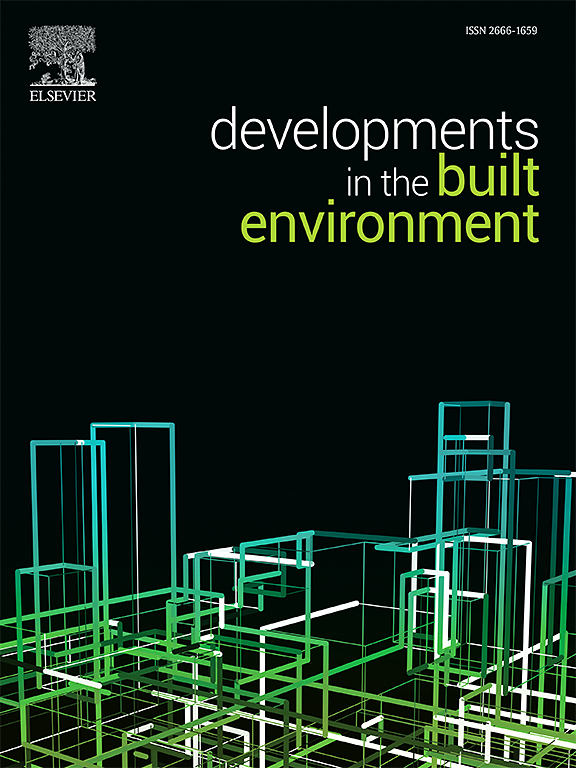基于语义映射的数字建筑日志和能源绩效证书模型的比较——设想数据重用
IF 6.2
2区 工程技术
Q1 CONSTRUCTION & BUILDING TECHNOLOGY
引用次数: 0
摘要
建筑信息对于在建筑的整个生命周期中做出关于整体能源效率、性能和可持续性的明智决策至关重要。能源绩效证书(EPC)和数字建筑日志(DBL)是在建筑物的整个生命周期中有效捕获和管理建筑数据的两种主要方法。虽然各种计划提出了不同的LogBook数据模型,但仍然存在缺点,例如元素和类别(元素组)的异构性和一致性,缺乏识别关键DBL元素,缺乏有效地合并EPC的主要元素,以及提供数据字典。这项正在进行的研究的主要贡献是通过半自动和基于知识的方法比较当前的DBL和EPC数据模型。结果,创建了每个类别的匹配和不匹配元素列表。比较列表提供了关于可用的和常见的元素、最具代表性的类别和元素以及模型之间的相关性的信息。这也有助于包括额外的相关信息,而不会引起分歧。本文旨在为创建统一的日志数据模型做出贡献,该模型可能有助于重用现有数据,从而减少数据碳足迹,朝着实现净零目标迈进。本文章由计算机程序翻译,如有差异,请以英文原文为准。
Semantic mapping-based comparison of digital building LogBook and energy performance certificate models - envisaging data reuse
Building information is essential for making informed decisions about overall energy efficiency, performance, and sustainability over the lifecycle of a building. Energy Performance Certificate (EPC) and Digital Building LogBook (DBL) are the two main approaches to capture and manage building data effectively across the life cycle of buildings. While various initiatives proposed different LogBook data models, there are still drawbacks, such as heterogeneity and consensus about elements and categories (group of elements), lack of identifying the key DBL elements, lack of effectively incorporating the main elements of EPC, and providing data dictionaries. The main contribution of this ongoing research is to compare the current DBL and EPC data models through a semi-automatic and knowledge-based approach. As a result, a list of matched and unmatched elements per category was created. The comparison list provided information on the available and common elements, most representative categories and elements, and correlation between models. It also helps to include additional relevant information without causing disagreements. This paper aims to contribute to a step forward in creating a harmonized LogBook data model that may help the reuse of existing data, and hence reduction of data carbon footprint, to move forward to achieve Net-zero objectives.
求助全文
通过发布文献求助,成功后即可免费获取论文全文。
去求助
来源期刊

Developments in the Built Environment
Multiple-
CiteScore
7.40
自引率
1.20%
发文量
31
审稿时长
22 days
期刊介绍:
Developments in the Built Environment (DIBE) is a recently established peer-reviewed gold open access journal, ensuring that all accepted articles are permanently and freely accessible. Focused on civil engineering and the built environment, DIBE publishes original papers and short communications. Encompassing topics such as construction materials and building sustainability, the journal adopts a holistic approach with the aim of benefiting the community.
 求助内容:
求助内容: 应助结果提醒方式:
应助结果提醒方式:


